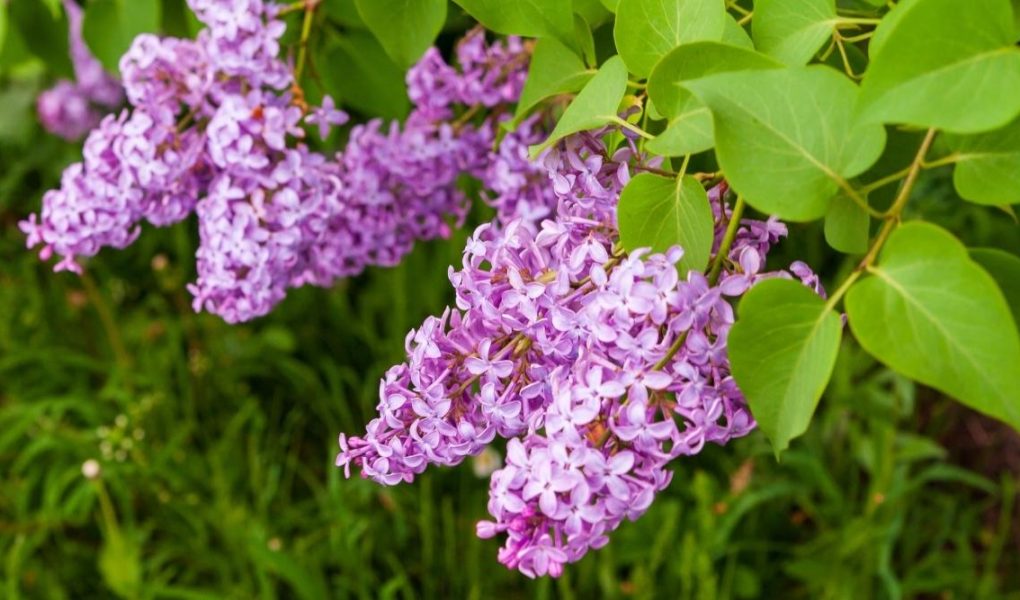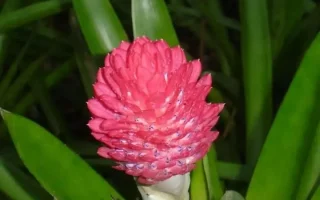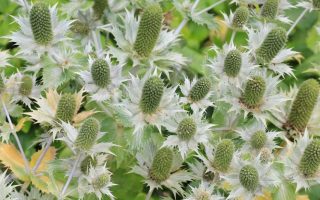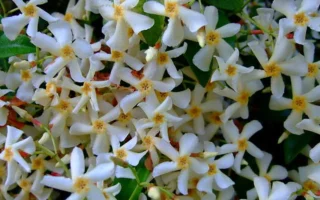kickstand-project.org – The Common Lilac (Syringa vulgaris) is a beloved deciduous shrub that heralds the arrival of spring with its stunning clusters of fragrant, purple flowers. Renowned for its vibrant color, intoxicating scent, and hardy nature, the common lilac is a favorite in gardens, landscapes, and as a cut flower in floral arrangements. Its beauty and scent have made it a symbol of love, renewal, and memories, earning it a place in the hearts of gardeners and nature enthusiasts alike.
Botanical Description
The Common Lilac is a deciduous shrub that typically grows to a height of 8 to 15 feet (2.5 to 4.5 meters) with a spread of 5 to 12 feet (1.5 to 3.7 meters). It has a bushy growth habit, with opposite leaves that are heart-shaped or oval, and they turn a rich green during the growing season. As the seasons change, the leaves may transition to shades of yellow or purple in the fall.
The standout feature of the common lilac is its clusters of small, tubular flowers, which bloom in late spring to early summer. The flowers are typically shades of lavender, violet, or purple, though some varieties may also produce white or pink flowers. Each flower cluster, known as a panicle, can range in size from 4 to 8 inches (10 to 20 cm) in length and is densely packed with individual blooms that release a sweet, heady fragrance.
The plant produces small, brown seed capsules after flowering, though lilacs are usually propagated through cuttings or grafting to ensure the desired flower color and traits. Lilacs bloom in cycles, producing a stunning display for about 2-3 weeks before the flowers begin to fade.
Habitat and Growth Conditions
The Common Lilac is native to southeastern Europe and parts of Asia, where it thrives in temperate climates. It is a hardy shrub, able to withstand cold winters and adapt to a range of growing conditions. Lilacs are best grown in full sun to partial shade, as they require plenty of sunlight to produce the best blooms. While they can tolerate a variety of soils, lilacs prefer well-drained, slightly alkaline soils for optimal growth.
Lilacs are generally drought-tolerant once established, but they do benefit from regular watering, especially during dry spells. They are also relatively low-maintenance, as they are resistant to many pests and diseases, though they can occasionally be affected by powdery mildew or aphids.
This shrub is typically grown in USDA hardiness zones 3-7, where the winters are cold enough to provide the necessary chilling hours for the plant to bloom in spring. Lilacs are also tolerant of urban environments, making them a popular choice for gardens and parks in cities.
Cultivation and Care
Growing Common Lilacs in your garden is a rewarding experience, especially when their delightful fragrance fills the air during springtime. Here are some essential tips for cultivating and caring for lilacs:
- Planting: Lilacs should be planted in a sunny spot with well-drained soil. It is important to choose a location where the plant will not be shaded by other trees or structures, as lilacs need at least 6 hours of sunlight per day to thrive. Dig a hole twice as wide and just as deep as the root ball, and add some organic matter, such as compost, to improve soil quality. Space lilacs about 5 to 10 feet apart to allow for their spreading growth.
- Watering: While lilacs are drought-tolerant once established, they should be watered regularly during the first few years of growth. Water deeply at the base of the plant, especially during dry spells, to encourage strong root development. Avoid over-watering, as lilacs do not like to sit in waterlogged soil.
- Fertilizing: Lilacs generally do not require heavy fertilization, as they prefer slightly alkaline, nutrient-poor soil. If needed, apply a balanced, slow-release fertilizer in early spring to promote healthy growth. Avoid using fertilizers that are too high in nitrogen, as this can result in lush foliage at the expense of flowers.
- Pruning: Regular pruning helps maintain the lilac’s shape and encourages better flowering. The best time to prune is immediately after the plant has finished blooming, as lilacs set their buds for the next season during the summer. Remove any dead or damaged wood and shape the plant to your desired form. Older, woody lilacs can also be rejuvenated by cutting them back to the ground every few years to encourage new growth and more abundant blooms.
- Pest and Disease Control: While common lilacs are relatively pest-resistant, they can occasionally be affected by powdery mildew or aphids. To prevent powdery mildew, provide good air circulation around the plant, and avoid overhead watering. If aphids become a problem, consider using insecticidal soap or manually removing them from the stems and leaves.
Symbolism and Cultural Significance
The Common Lilac has held symbolic significance in many cultures throughout history. Its fragrant blossoms are often associated with love, romance, and memory. In the Victorian language of flowers, lilacs were often used to convey a message of first love, with purple lilacs symbolizing the beauty of youthful love and white lilacs symbolizing purity and renewal.
In many cultures, lilacs are also tied to spring and the idea of rebirth. The blooming of lilacs marks the end of winter and the arrival of warmer weather, symbolizing a time of growth and renewal. The sweet scent of lilacs is also associated with nostalgia and cherished memories, making them a popular choice in floral arrangements for special occasions like weddings and Mother’s Day.
Ecological Benefits
The Common Lilac offers several benefits to the local ecosystem. Its fragrant flowers attract a variety of pollinators, including bees, butterflies, and hummingbirds, which help to support biodiversity in the garden. Additionally, lilacs are relatively low-maintenance plants that do not require heavy use of pesticides or fertilizers, making them an environmentally friendly option for gardeners.
While lilacs do not produce nectar in abundance like some other flowers, they provide an important early source of pollen for bees and other insects. These pollinators, in turn, help to pollinate other plants in the garden and nearby areas, contributing to a healthy ecosystem.
Ornamental Uses
The Common Lilac is an ideal ornamental plant for a variety of garden settings. Its stunning flowers and intoxicating fragrance make it a standout in both flower borders and hedgerows. Lilacs can be used as specimen plants, privacy screens, or as part of a mixed shrub border. They also make beautiful cut flowers, often used in bouquets for their long-lasting blooms and sweet scent.
Lilacs can be grown in formal gardens, wildflower gardens, and even in container gardens for those with limited space. Their ease of care, beauty, and fragrance make them a timeless addition to any landscape.
Conclusion
The Common Lilac is a cherished plant that offers both beauty and fragrance to gardens and landscapes. With its stunning, aromatic flowers and hardy nature, it has earned a place in gardens around the world. Whether grown for its visual appeal, its cultural symbolism, or its ecological contributions, the common lilac is a timeless symbol of spring and a favorite among gardeners. Whether planted in a sunny garden bed or used as a cut flower, the common lilac is a true testament to the joys of nature’s beauty.




